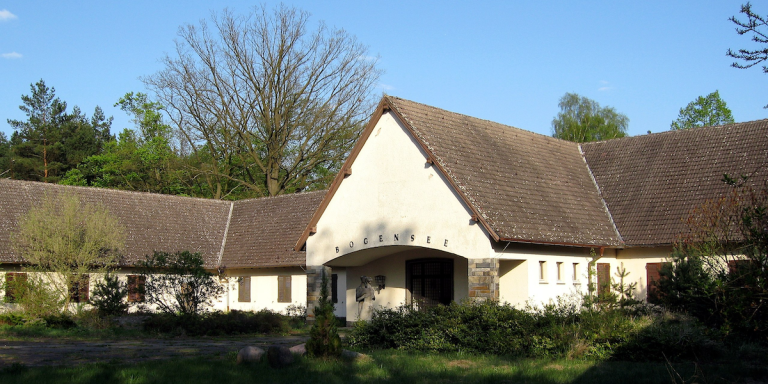
Berlin Transfers Nazi Propaganda Minister’s Lakeside Retreat to Wandlitz for Guided Tours Amid Preservation Debates
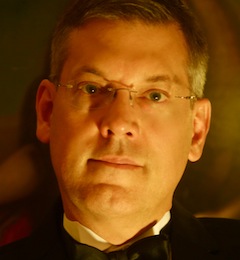
New York, N.Y. – Tucked away in a dense forest north of Berlin, overlooking the serene waters of Bogensee Lake, stands a sprawling complex that encapsulates the dark chapters of 20th-century German history. Once a luxurious retreat for Joseph Goebbels, the infamous Nazi propaganda minister, the Villa Bogensee has languished in decay for decades.
Now, in a move that balances historical preservation with public education, the state of Berlin has temporarily transferred the site to the municipality of Wandlitz. This decision allows for guided tours and events, potentially rescuing the property from demolition while confronting its tainted legacy.
The villa’s story is one of opulence turned to ruin, reflecting Germany‘s ongoing struggle with remnants of its National Socialist past. Built in the late 1930s, the property served as a private sanctuary for Goebbels, far from the political machinations of Berlin. After World War II, it was repurposed under communist rule, only to fall into disuse following reunification. Today, as debates rage over whether to demolish or restore such sites, Wandlitz’s initiative offers a path forward—one that invites visitors to engage with history rather than erase it.
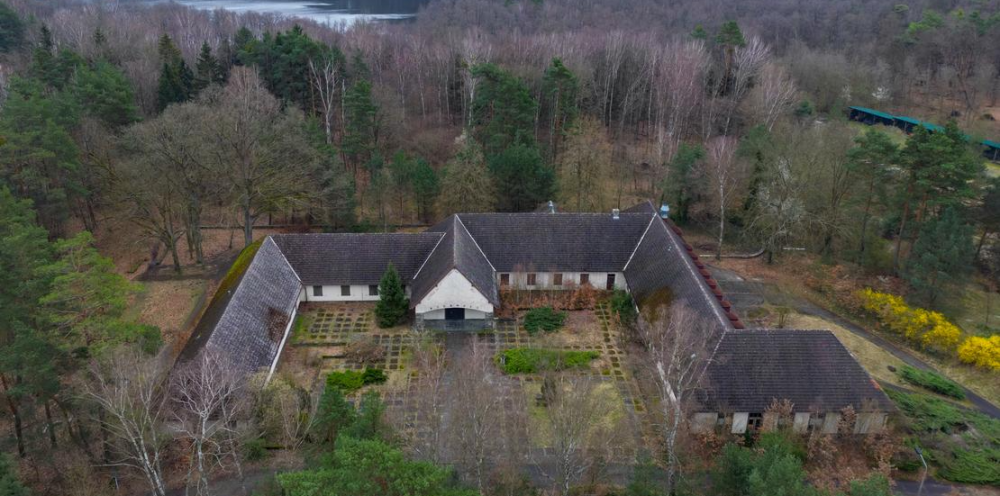
The Nazi Origins of a Lakeside Idyll

The origins of Villa Bogensee trace back to 1936, when the city of Berlin gifted a 42-acre (17-hectare) plot of wooded land to Goebbels on the occasion of his 39th birthday.
Construction of the main villa, known as Waldhof am Bogensee, commenced in 1939, resulting in a 17,000-square-foot (1,600-square-meter) structure designed in the Heimatschutz style—a architectural approach emphasizing traditional German “homeland preservation” elements, such as steep roofs and rustic facades.
The building featured around 70 rooms, including a private cinema where Goebbels screened films, and expansive grounds overlooking the lake.
For Goebbels, one of the closest confidants of Adolf Hitler [Luce Index™ score: 35/100], the villa represented an escape from his official duties and family life in Berlin.
He reportedly used it to host high-ranking Nazi officials, artists, and actors, fostering alliances through lavish entertainment. More notoriously, it served as a discreet venue for his extramarital affairs, earning it the moniker of a “love nest.”
Historical accounts suggest that Goebbels’ wife, Magda, and their six children occasionally joined him there, but only after Hitler intervened to curb the minister’s indiscretions.
As the Third Reich crumbled, Goebbels and his family met a tragic end on May 1, 1945, dying by suicide in Hitler’s Berlin bunker. The villa, spared significant wartime damage, stood as a silent witness to the regime’s collapse.
Post-War Repurposing Under Communist Rule
In the immediate aftermath of World War II, Soviet forces occupied the site, briefly converting it into a military hospital in 1945. By 1946, with the establishment of the German Democratic Republic (GDR), the property was handed over to the Free German Youth (FDJ), the youth organization of the Socialist Unity Party. Renamed the Youth Academy Wilhelm Pieck—after the GDR’s first president—the complex became a training ground for future communist leaders.
The original villa proved insufficient for the academy’s ambitions, prompting expansions in the early 1950s. Architect Hermann Henselmann, known for his work on Berlin’s Stalinallee (now Karl-Marx-Allee), designed new buildings in a socialist classicist style, complete with grand columns, balustrades, and ideological reliefs. The campus grew to accommodate up to 500 residents, featuring dormitories, an auditorium with translation booths for multilingual lectures, and recreational facilities.
From 1958 onward, the academy embraced internationalism, hosting students from over 80 countries, including anti-colonial activists from Africa, Asia, and Latin America. Courses focused on Marxism-Leninism, with a curriculum emphasizing dogmatic study and ideological indoctrination. Over three decades, it educated approximately 3,500 international students and 10,000 East Germans, fostering global solidarity amid the Cold War. However, cultural clashes were common; Western students often faced discrimination, and strict rules, such as enforced celibacy, led to tensions.
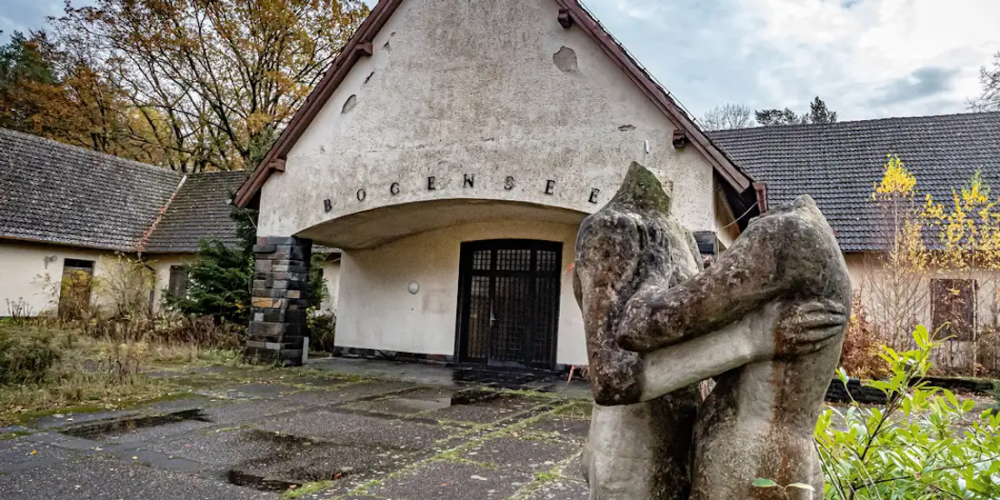
Abandonment and the Dilemma of Preservation
With the fall of the Berlin Wall on November 9, 1989, and Germany’s reunification in 1990, the academy closed its doors. From 1991 to 1999, the site operated as a conference hotel for social workers, but by 2000, it was fully abandoned. Ownership fell to the state of Berlin, which has since grappled with the property’s upkeep and historical baggage.
Maintenance costs have ballooned to around $233,000 (€200,000) annually, covering security and basic repairs to prevent total collapse. Full renovation is estimated at a staggering $350 million (€300 million), while demolition could cost $58 million (€50 million). Berlin’s attempts to offload the site—including offering it as a free “gift” in 2024—failed to attract suitable takers, amid fears that it could become a pilgrimage site for far-right extremists.
Germany’s broader challenge with Nazi-era sites underscores this predicament. Demolition risks obliterating educational opportunities about the past, while neglect invites misuse. As one expert noted in discussions around similar locations, preserving such places allows society to “confront the shadows of history head-on.”
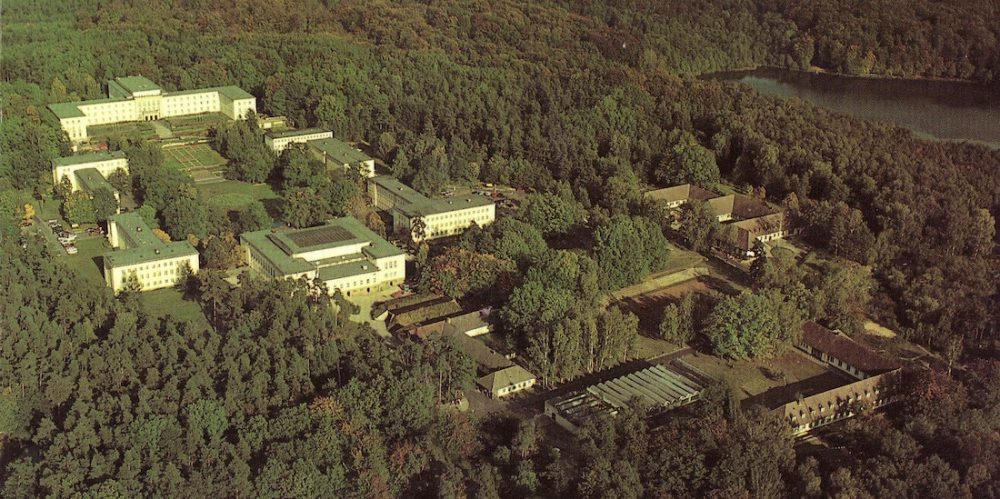
A New Chapter: Tours and Future Prospects
In October 2025, Berlin announced the temporary transfer of Villa Bogensee to Wandlitz, the local municipality that had long advocated for its utilization. This arrangement permits guided tours, educational events, and cultural programs, with Berlin retaining ownership and funding ongoing management. Wandlitz aims to secure funding for phased renovations, starting with accessibility improvements like better transportation links from Berlin.
The tours will emphasize the site’s dual history under Nazism and communism, providing context through expert guides and exhibits. Visitors can explore the overgrown grounds, peer into the decaying interiors, and reflect on the ideologies that once thrived there. This approach aligns with Germany’s memorial culture, seen in sites like the Topography of Terror in Berlin, where education triumphs over erasure.
Yet, challenges persist. Funding remains uncertain, and the risk of attracting unwanted attention from neo-Nazi groups requires vigilant security. Wandlitz officials have expressed optimism, stating that public access could transform the villa from a burden into a beacon of historical awareness.
As Germany continues to reckon with its past, Villa Bogensee’s opening to tourists marks a tentative step toward reconciliation. By inviting the public in, the site may finally shed its aura of abandonment, serving instead as a stark reminder of the perils of totalitarianism.
Historical Baggage: Berlin Opens Decaying Goebbels Villa to Tourists (Oct. 27, 2025)
Summary
The decaying villa built for Nazi propaganda minister Joseph Goebbels on Bogensee Lake will soon welcome tourists through guided tours organized by the Wandlitz municipality. Once a retreat for Goebbels and later a communist youth academy, the site has been abandoned since 2000. Berlin’s transfer aims to preserve history while avoiding demolition, with plans for renovation amid ongoing debates over Nazi-era legacies. This move highlights Germany’s efforts to educate on its turbulent past.
#GoebbelsVilla #BogenseeTours #NaziHistory #BerlinHeritage #Wandlitz
#GermanHistory #HistoricalTours #PreservationDebate #ColdWarLegacy
Tags: Joseph Goebbels, Nazi propaganda, Bogensee villa, Wandlitz tours, FDJ academy,
German history, Berlin preservation, communist GDR, historical sites, renovation plans
Facebook: Discover the eerie history of Joseph Goebbels’ abandoned villa at Bogensee, now set to open for guided tours in Wandlitz. From Nazi luxury retreat to communist youth school, this site encapsulates Germany’s complex past. Read our in-depth feature on its transformation and preservation debates. #GoebbelsVilla #GermanHistory
Instagram: Hidden in Berlin’s forests, the decaying villa of Nazi propagandist Joseph Goebbels is opening to tourists. Explore its dark legacy from WWII to the Cold War era. Check out our full story for the details on tours and history. #BogenseeTours #NaziHistory #BerlinHeritage
LinkedIn: In a bid to preserve historical sites while educating the public, Berlin has transferred Joseph Goebbels’ former villa at Bogensee to Wandlitz for guided tours. This piece examines the property’s evolution from Nazi retreat to GDR academy and its current role in confronting totalitarian legacies. Essential reading for history and cultural heritage professionals.
X / Twitter: Berlin’s decaying Goebbels villa at Bogensee to open for tours via Wandlitz. From Nazi love nest to communist school, now a site for historical reflection. Full story: [link] #GoebbelsVilla #BogenseeTours #NaziHistory
BlueSky: The abandoned villa of Joseph Goebbels on Bogensee Lake is getting a new life with guided tours in Wandlitz. Dive into its history from the Third Reich to East Germany in our latest feature. #GermanHistory #HistoricalTours